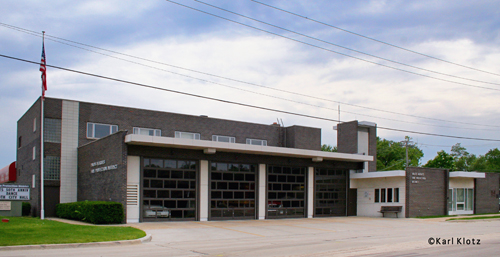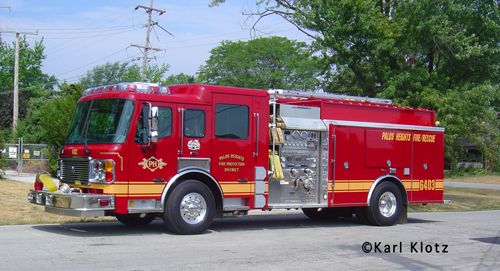This from Mike Summa:
I went to an Independence Day parade in Midlothian. Here are a few area departments that showed up. Some new some old. Enjoy and comment.Mike Summa
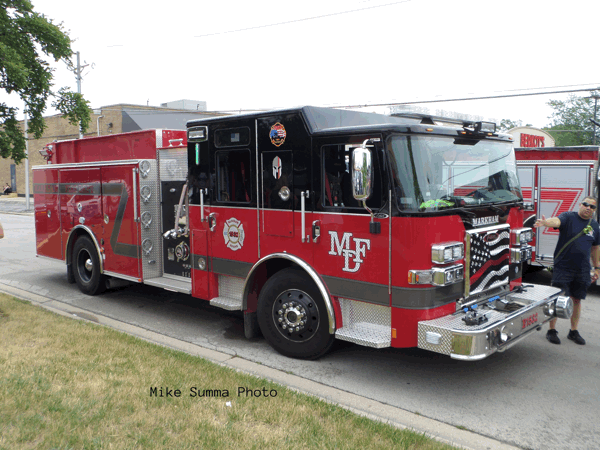
Mike Summa photo

Mike Summa photo
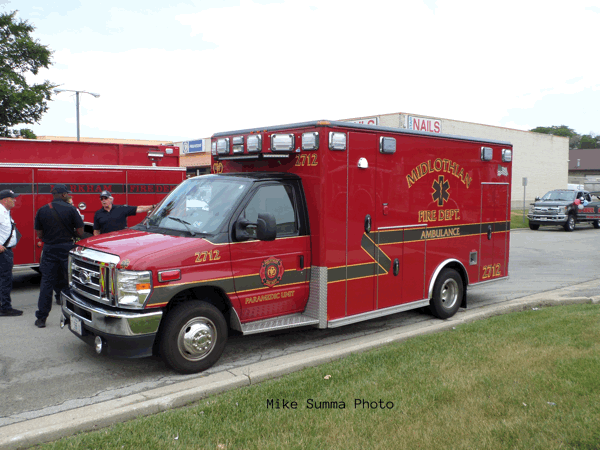
Mike Summa photo
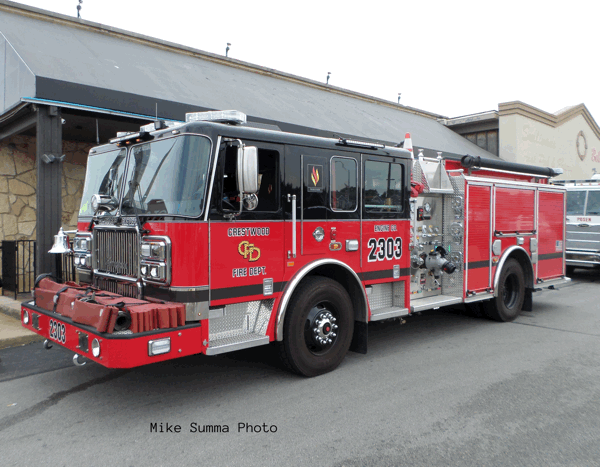
Mike Summa photo

Mike Summa photo

Mike Summa photo
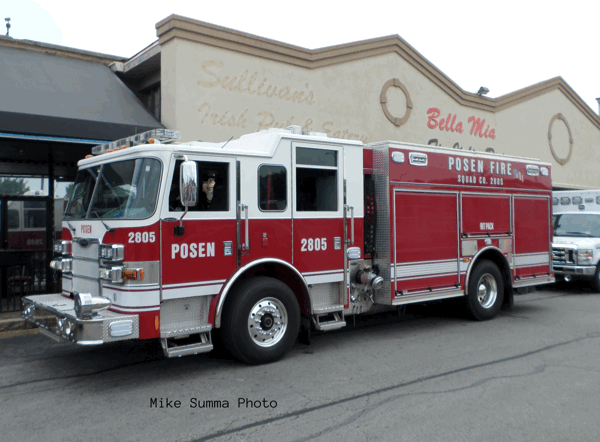
Mike Summa photo


 The Palos Heights Fire Protection District
The Palos Heights Fire Protection District